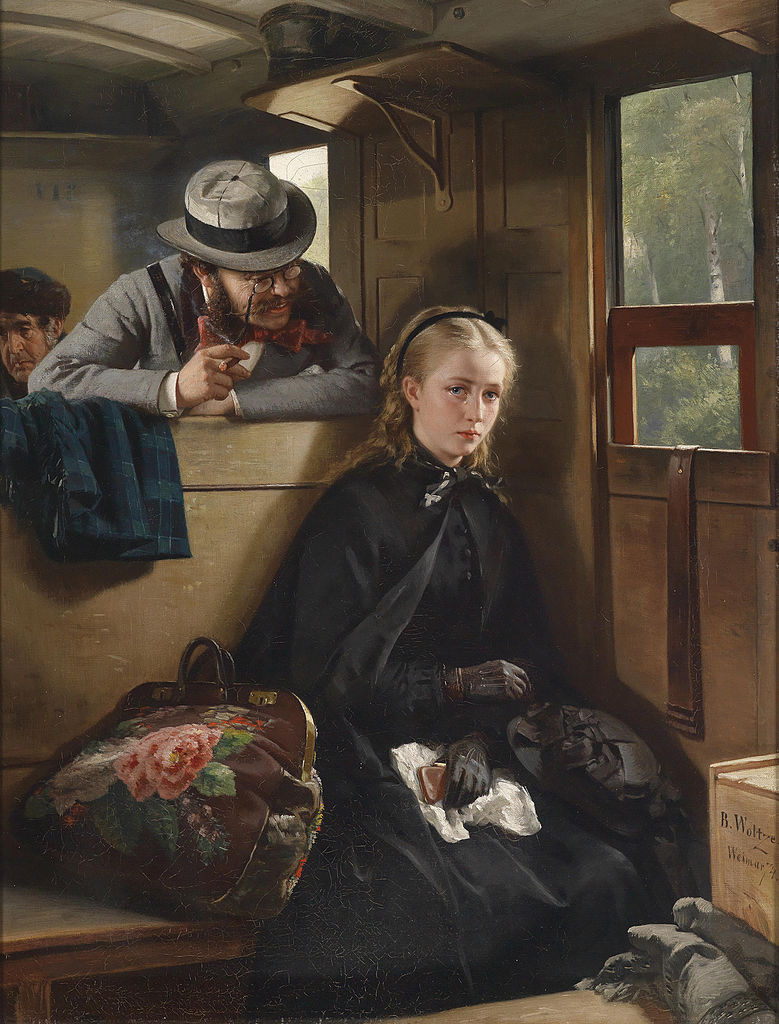Aristotle conceived of three major types of rhetorical appeal. These modes of rhetoric, otherwise known as “proofs,” were the pillars of persuasive dialogue back in ancient Greece, and their foundation still holds to this day.
All rhetorical arguments can more or less be categorized under (or prescribed as a blend of) either: Pathos, Ethos, or Logos. Regardless of whether or not an argument is conveyed through speech or writing, these three proofs are undoubtedly the most useful means a speaker has in convincing their target audience of their desired point or belief.
In other words, if rhetoric is a battle of persuasion, these are the most powerful tools in the rhetor’s arsenal. However—there is a fourth proof that is oftentimes overlooked. While it can be assumed that the majority of readers are more than likely familiar with Aristotle’s three rhetorical proofs, very few people in my experience (besides rhetorical scholars like myself) have come across the elusive fourth proof: Kairos.
My intention in the remainder of this article is to refresh readers of what the three original rhetorical proofs are, and to enlighten many of you to the fourth (and my personal favorite) rhetorical proof.
Rhetoric
The art of persuasion, and how to effectively impact people through communication. Seeing as Rhetoric is the cornerstone of this whole piece, I figured I would provide my short definition that has helped guide me in my studies.
Pathos
Aristotle categorized Pathos as an appeal to emotion. Essentially, Pathos refers to anytime a rhetor attempts to tug at their audience’s heart-strings, so to speak. When a speaker brings up a tragic story from their past, references morality or the distinction between “right and wrong”, or even if they were to cry at the podium: this is all Pathos.
However, there are other forms of emotional appeal besides sadness or guilt. A speaker who invigorates their audience to join a cause is engaging in pathos. A comedian who makes their audience laugh is engaging in pathos. The politician that tries to make their community angry or scared enough that they’ll follow them is engaging in pathos. Pathos holds dominion over any and all emotion.
Ethos
This appeal is the easiest to break down in my opinion. Ethos simply refers to a speaker’s credibility. An argument that is founded upon one’s own trustworthiness or experience is grounded in ethos.
For instance, a doctor that tries to convince me my eating habits are unhealthy is engaging in ethos, as her word is rooted in knowledge and practicality. When you were learning to drive, and your father told you “listen… I’ve been driving for 40 years, I know what I’m doing so let me teach you…”—that was ethos.
Logos
Logos is the Greek word for form, meaning, and structure. Logic, in other words. Logos refers to the strength of a rhetor’s argument simply based upon its logical resiliency. If a claim is so air tight on a logical standpoint that it cannot be truthfully rebuked, it is an impervious argument in regards to logos.
When you’re going through a breakup, and your significant other breaks down all of the reasons why your partnership will no longer work—that’s logos. Any logical strong of thoughts with the intention to persuade others falls under this category.
Kairos
Finally, we reach the least talked about of all persuasive proofs, Kairos. The term refers to the art of timeliness, and the actual timing of an argument.
he technique of this proof is to actually choose when your line of communication will be delivered, as a means of strengthening your argument. A man about to propose to his girlfriend waits until the sun has set and the mood is completely right before popping the question—this is an act of kairos.
Waiting until the opportune moment can secure that your point will be well received, and is thus a hugely effective move by any rhetor. While this proof is often overlooked, its rhetorical potency shouldn’t be understated.
